Taiwan’s six special municipalities, three smaller cities and thirteen counties are subdivided into 368 geographical units. Among them are municipal districts like Taipei’s Wenshan (文山); county-administered cities such as Yuanlin (員林) in Changhua County; urban townships like Luodong (羅東) in Yilan County; and rural townships, of which Nantou County’s Sinyi (信義) is one of the largest in terms of land area if not population.
In several of these places, for example Lukang (鹿港) and Hengchun (恆春), tourism is a major industry. Many others are ignored, rightly or wrongly, by sightseers.
This article looks at four perennially overlooked towns. None of them justify hours on the road or an overnight stay. But if you find yourself in the area, or you’ve a niche interest, consider making a detour or two.
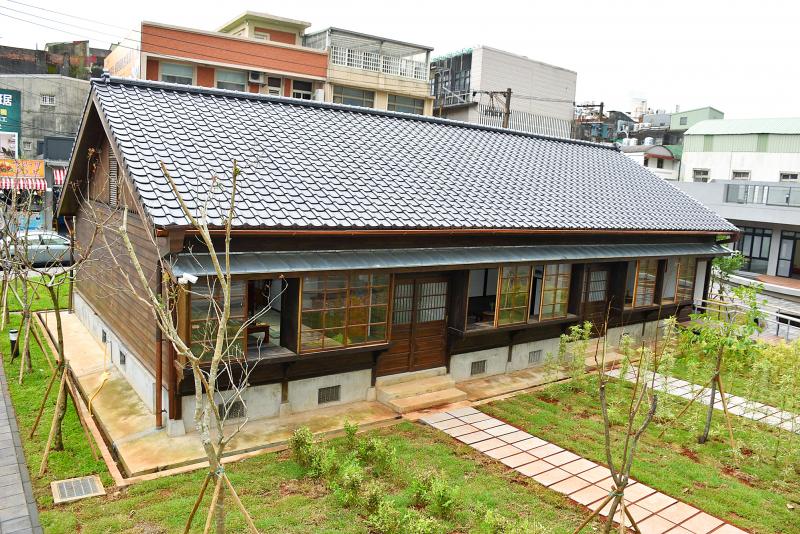
Photo: Lee Jung-ping, Taipei Times
A TEA RELIC IN YANGMEI
Before Taoyuan’s Hakka-dominated Yangmei District (楊梅) became a center of logistics and TFT-LCD manufacturing, tea-growing played a key role in the local economy.
During the 1895-1945 period of Japanese rule, the colonial authorities supported the expansion and modernization of the tea industry, and among the infrastructure that dates from that era is what’s now called Puxin Story House (埔心故事館).
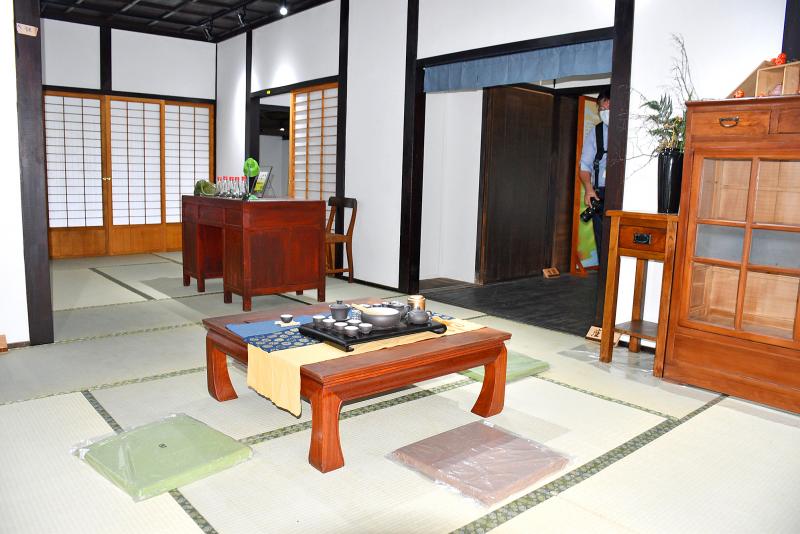
Photo: Lee Jung-ping, Taipei Times
Built in 1907 as accommodation for tea-industry managers and their families, the Story House was thoroughly renovated at a cost of NT$24.4 million and reopened last month. It now contains exhibitions about tea cultivation, local history and the area’s rail links. Tea-related books and souvenirs are sold here, and there’s a spot where visitors can enjoy a tea-tasting session.
Puxin Story House is at 136 Jhongsing Road (中興路), 450m southeast of Puxin TRA Station. It’s open from 9:30am to 4:30pm Tuesday to Sunday. Admission to the exhibitions is free, but there’s a charge if you join certain activities. The Story House doesn’t seem to have a Web site or social media account. To find out about forthcoming events, try calling Taoyuan City Government’s Department of Cultural Affairs at (03) 332-2592, ext. 8000.
WANGGONG’S LIGHTHOUSE
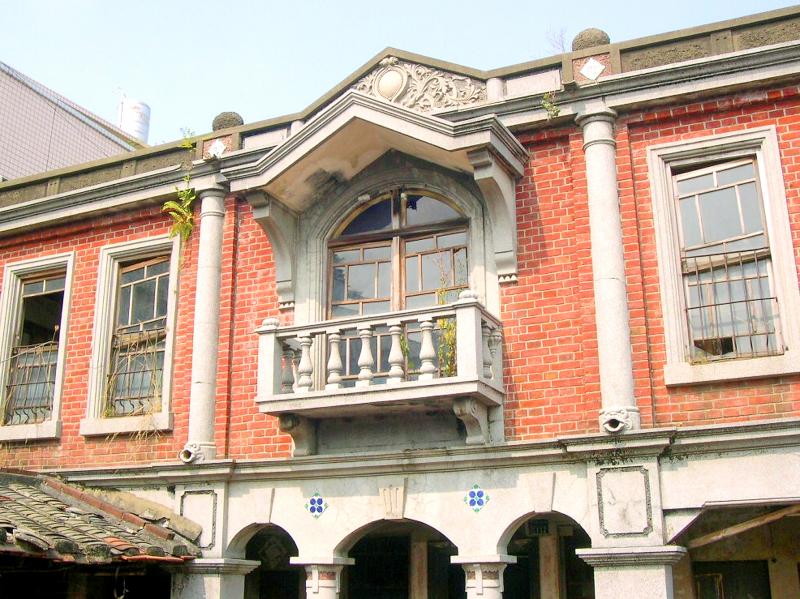
Photo: Steven Crook
Vendors and shopowners in Fangyuan Township (芳苑) probably wish their corner of Changhua County could get just one-tenth of the visitors that nearby Lukang attracts. It’d do wonders for the local economy, and perhaps reverse the depopulation trend that’s been obvious since the 1980s.
The authorities have identified Fangyuan’s Wanggong (王功) and its fishing port as having tourism potential, and sunset aficionados have already discovered the place. If you can’t hang around for dusk, however, you’ll find the harborside beacon and the tidal zone’s oyster beds more engaging than anything in the village itself.
Being less than 40 years old, Fangyuan Lighthouse (芳苑燈塔) lacks the history that some of Taiwan’s other coastal beacons embody. A tapering tower just over 37m in height, its distinctive pinstripe-like color scheme was devised so mariners can identify it (and know where they are) whether the sun is blazing or conditions are gloomy. The lighthouse isn’t open to the public, but visitors are free to wander through the grounds.
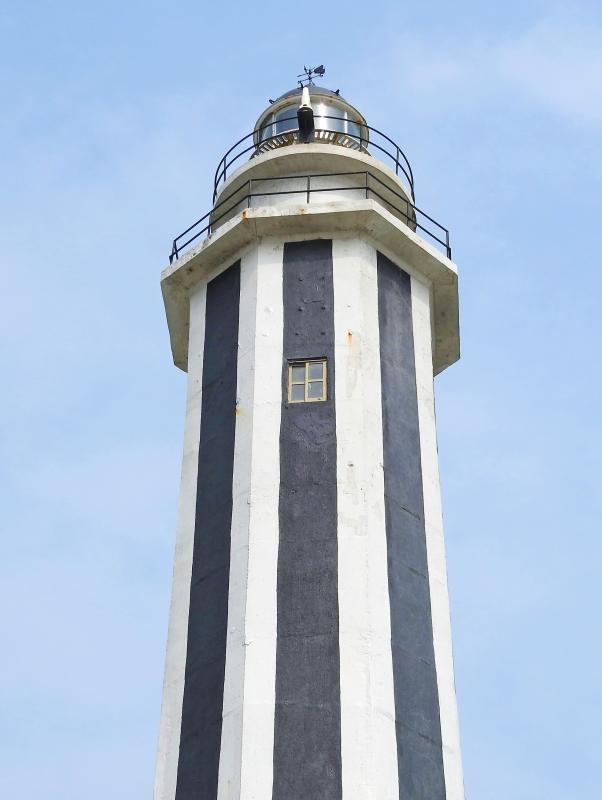
Photo: Steven Crook
Getting to Wanggong by car is easy. Expressway 61 (on which Wanggong has its own exit) passes within 2km of the lighthouse. There are several #6708 buses to/from Lukang each day, but the nearest stop is at least 20 minutes’ walk from the lighthouse.
AN HISTORIC HOUSE IN SIKOU
In the northern part of Chiayi County, abutting Yunlin County, Sikou Township (溪口) is prime rice-growing territory. Among the families that prospered here before World War II were the ancestors of Chang Po-ya (張博雅), a former Chiayi City mayor and cabinet minister who later served as the first-ever female president of the Control Yuan.
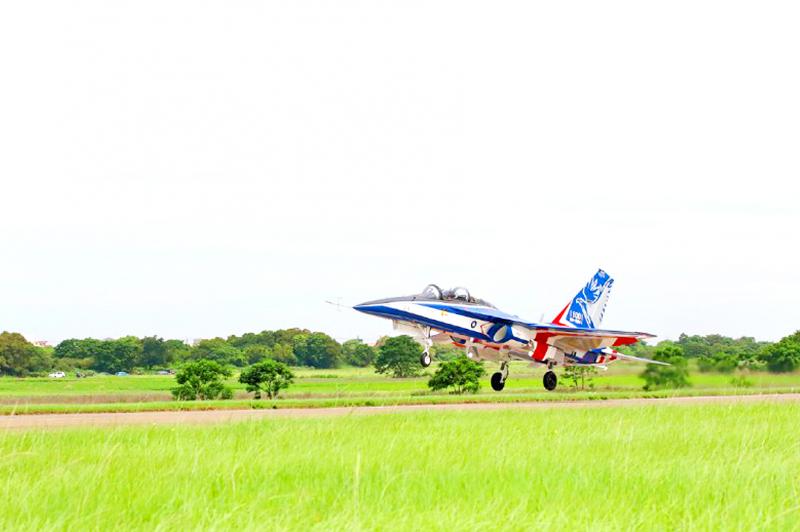
Photo courtesy of Aerospace Industrial Development Corporation
The two-story Chang Clan Western Residence (張氏洋樓) may be the township’s most alluring old building. This wood-framed brick structure, completed around 1930, isn’t open to the public, but the exterior is well worth a look.
The mansion’s address is 116 Minsheng Street (民生街), but it’s set back from the road. If you walk down the lane that connects Minsheng Street with Jhongjheng Road (中正路) you’ll get a better view of the building. Historians believe that alleyway was a trade route of regional importance during the 18th and 19th centuries, which perhaps explains why Chang Po-ya’s ancestors chose to base themselves here.
The mansion isn’t on the verge of collapse, but nor is it in great shape. There’s said to be no dispute or complication regarding ownership, so preservationists are wondering what’s stopping either the Chang family or the government from restoring it to its former glory.
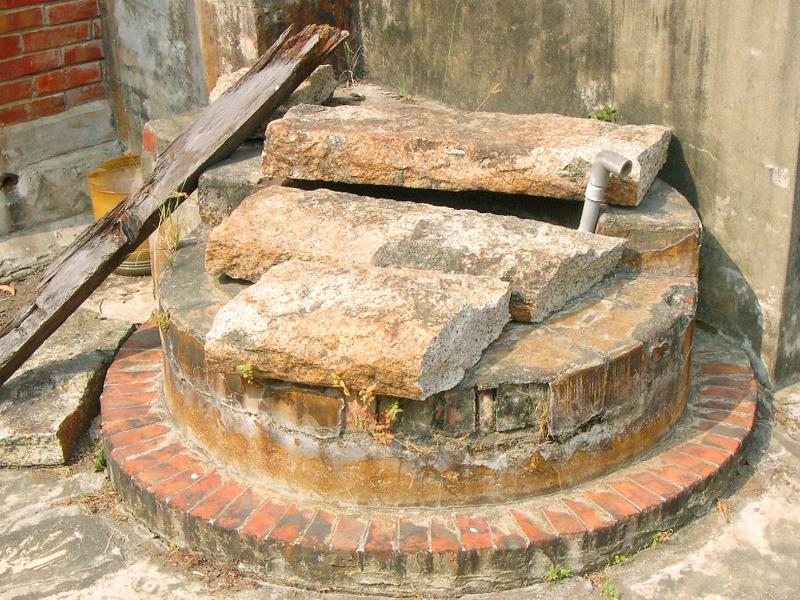
Photo: Steven Crook
The Chang Clan Western Residence is about 4km west of the Dalin Exit (大林) on Freeway 1. Infrequent buses stop at Sikou Farmers Association (溪口農會), about 100m away; the #7316 service goes to/from Chiayi City.
ZIHGUAN’S JET SET
Zihguan (梓官) is one of Kaohsiung’s smallest districts. I’d never set foot there until earlier this year, despite having traveled countless times between Tainan (which is 25km north of Zihguan) and central Kaohsiung (around 15km to the south). And when I did finally go, it was simply to kill a few hours. I didn’t expect to make any jaw-dropping discoveries.
Soon after I stepped off the bus, I noticed a military training jet — an AT3 — approaching at low altitude. It turned out to be the first of several I saw that morning.
Because it lies just south of the Republic of China Air Force Academy (中華民國空軍軍官學校) in neighboring Gangshan District (岡山), Zihguan happens to be an excellent place to watch new aviators learn their trade. On at least three occasions, they flew low enough for me to see the colors on the pilots’ helmets.
I wondered if local people despise the noise, or fear accidents. In 2014, an AT3 crashed just behind one of Zihguan’s gas stations.
When a senior citizen inquired if I was there to take photos of the planes — I soon gave up trying, as my phone’s camera wasn’t up to the task — I asked him how he felt about the jet traffic. “Everyone’s used to it,” he replied.
Right. Get used to it, or move away, I guess.
Steven Crook has been writing about travel, culture and business in Taiwan since 1996. He is the author of Taiwan: The Bradt Travel Guide and co-author of A Culinary History of Taipei: Beyond Pork and Ponlai.
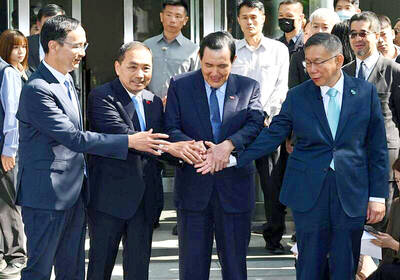
Has the Taiwan People’s Party (TPP) changed under the leadership of Huang Kuo-chang (黃國昌)? In tone and messaging, it obviously has, but this is largely driven by events over the past year. How much is surface noise, and how much is substance? How differently party founder Ko Wen-je (柯文哲) would have handled these events is impossible to determine because the biggest event was Ko’s own arrest on multiple corruption charges and being jailed incommunicado. To understand the similarities and differences that may be evolving in the Huang era, we must first understand Ko’s TPP. ELECTORAL STRATEGY The party’s strategy under Ko was

It’s Aug. 8, Father’s Day in Taiwan. I asked a Chinese chatbot a simple question: “How is Father’s Day celebrated in Taiwan and China?” The answer was as ideological as it was unexpected. The AI said Taiwan is “a region” (地區) and “a province of China” (中國的省份). It then adopted the collective pronoun “we” to praise the holiday in the voice of the “Chinese government,” saying Father’s Day aligns with “core socialist values” of the “Chinese nation.” The chatbot was DeepSeek, the fastest growing app ever to reach 100 million users (in seven days!) and one of the world’s most advanced and
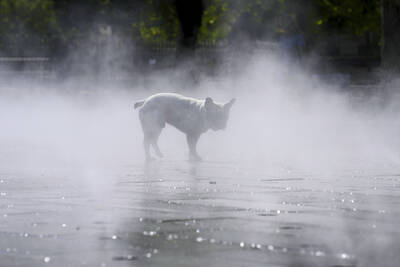
It turns out many Americans aren’t great at identifying which personal decisions contribute most to climate change. A study recently published by the National Academy of Sciences found that when asked to rank actions, such as swapping a car that uses gasoline for an electric one, carpooling or reducing food waste, participants weren’t very accurate when assessing how much those actions contributed to climate change, which is caused mostly by the release of greenhouse gases that happen when fuels like gasoline, oil and coal are burned. “People over-assign impact to actually pretty low-impact actions such as recycling, and underestimate the actual carbon

An internal Meta Platforms document detailing policies on chatbot behavior has permitted the company’s artificial intelligence creations to “engage a child in conversations that are romantic or sensual,” generate false medical information and help users argue that Black people are “dumber than white people.” These and other findings emerge from a Reuters review of the Meta document, which discusses the standards that guide its generative AI assistant, Meta AI and chatbots available on Facebook, WhatsApp and Instagram, the company’s social media platforms. Meta confirmed the document’s authenticity, but said that after receiving questions earlier this month, the company removed portions which stated